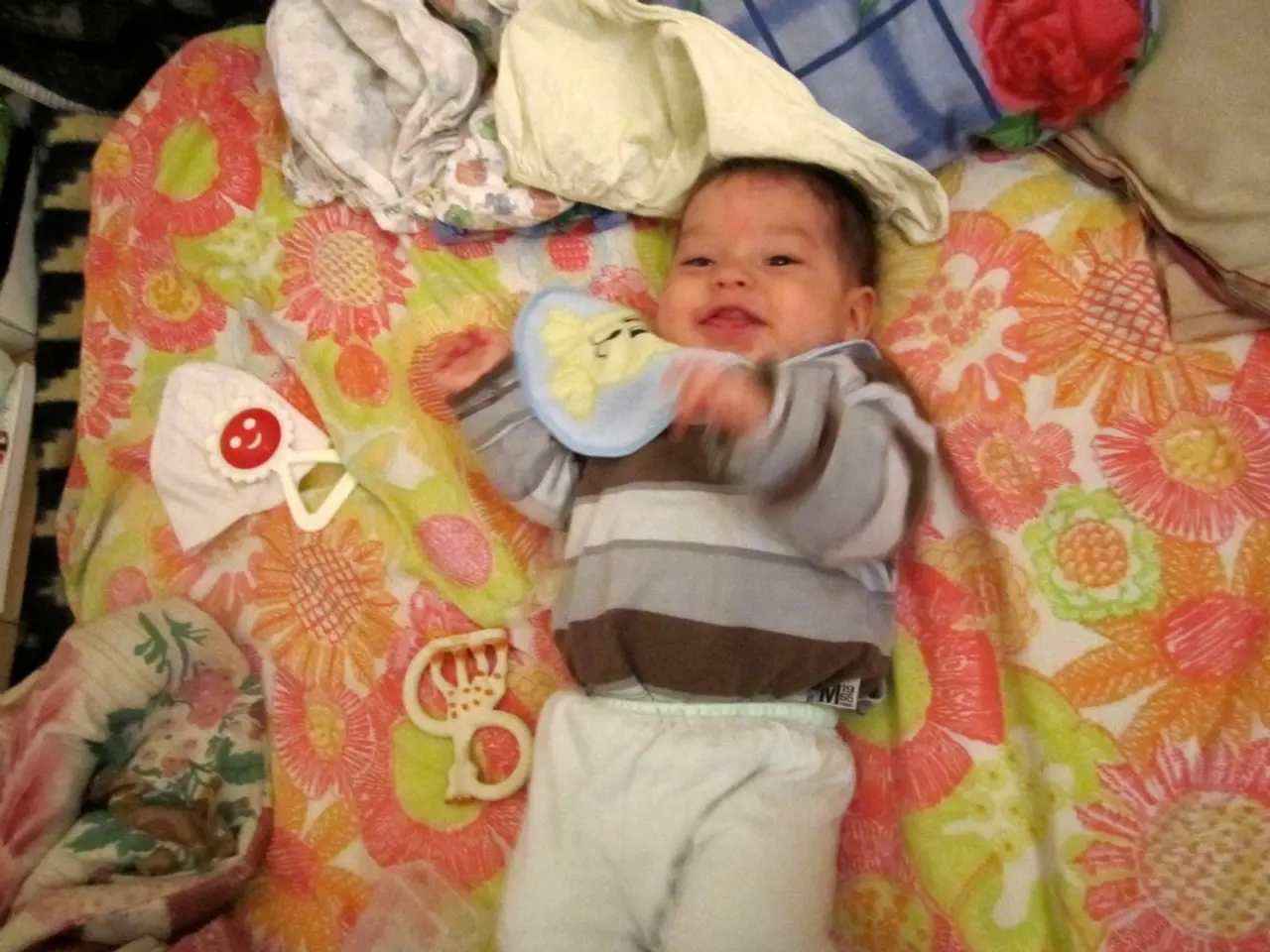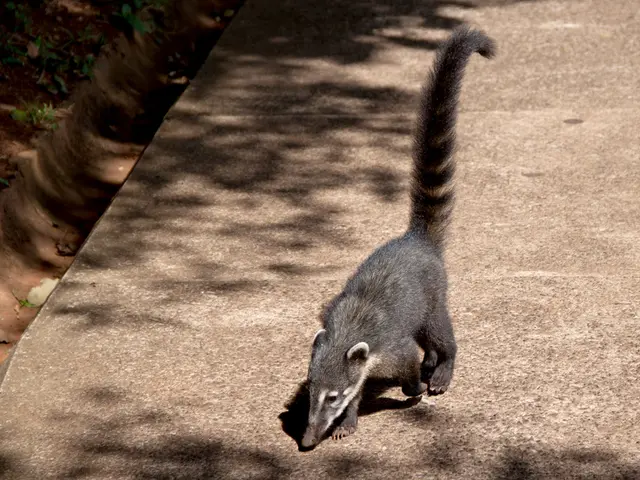Infant Growth and Development Milestones at 24 Months (or 2 Years of Age)
==============================================================================
A 2-year-old is a bundle of energy, curiosity, and growth. This age marks a significant period of rapid development, as toddlers become more independent, explore their environment, and learn new skills. Here's a comprehensive guide to a 2-year-old's development, covering physical, social, emotional, cognitive, and language milestones.
Physical Development
Toddlers are increasingly mobile, able to walk, run, kick a ball, and climb on furniture. They begin to develop finer motor skills like feeding themselves, stacking blocks, and starting to dress with assistance. Molar teeth may start to appear, improving chewing skills.
Social Development
At this age, toddlers engage in simple turn-taking and begin pretend play, imitating adults and playmates. They show growing independence but also may display defiant behavior as they test boundaries, often referred to as the "terrible twos." They start to recognize familiar people and objects and show interest in social interaction and sharing.
Emotional Development
Two-year-olds express a wide range of emotions and are learning to regulate them. They may have tantrums but also show affection and seek comfort from caregivers. Separation anxiety usually diminishes around this age, but stranger anxiety can still occur.
Cognitive Development
They are able to follow simple instructions, sort objects by shape and color, and recognize themselves in pictures or mirrors. Pretend (symbolic) play emerges, enhancing creativity and learning about the world. They are curious, exploring actively and beginning problem-solving through play.
Language Development
Most 2-year-olds understand and use simple phrases and can identify familiar people and objects by name. They start combining two or more words to express desires or describe experiences. Parents and caregivers can support this by expanding on toddlers’ words and engaging in back-and-forth conversations.
Supporting a 2-Year-Old's Development
Activities that involve imaginative play, language, and interaction can benefit a 2-year-old's overall development. Offering healthy snacks like fruit or cheese between meals can help a 2-year-old baby get enough nutrition. Taking a 2-year-old baby to the park or on walks can help broaden their awareness levels.
Transitioning a 2-year-old baby from a cot to a bed can be slow and may require time to adjust. Installing a stair gate at a 2-year-old baby's bedroom door or using safety rails can help ensure their safety while they sleep in their own bed.
If a 2-year-old baby is a fussy eater, trying inventive methods like nutritious dips, tasty spreads, or shaped sandwiches may encourage them to eat. A 2-year-old baby may start scribbling or draw a single line, which can be nurtured with age-appropriate art materials.
Challenges and Behaviour
Erratic eating patterns are common in 2-year-old babies, with some meals having large amounts of food and others having very little. Whining in a 2-year-old baby may be due to tiredness, hunger, stress, or a need for attention. Giving in to a 2-year-old baby's whingeing may not be a good idea.
A 2-year-old baby may test the authority of their parents and the extent of their power in controlling things. They may exhibit unpredictable behaviour, waver between acting like a big kid and wanting to be treated like a baby, and show episodes of defiance and emotional outbursts.
Conclusion
A 2-year-old is physically active, socially curious, emotionally expressive, cognitively exploring, and increasingly verbal, representing a period of rapid growth and independence-building. Parents and caregivers can support these developments by encouraging exploration, play, language interaction, and gentle guidance.
[1] "2-Year-Old Development: Milestones and Stages." WebMD. Accessed October 21, 2021. https://www.webmd.com/parenting/baby/2-year-old-development-milestones-and-stages
[2] "2-Year-Old Milestones: Developmental Milestones for 2-Year-Olds." HealthyChildren.org. Accessed October 21, 2021. https://www.healthychildren.org/English/ages-stages/toddler/Pages/2-Year-Old-Milestones.aspx
[3] "2-Year-Old Development: What to Expect." Mayo Clinic. Accessed October 21, 2021. https://www.mayoclinic.org/healthy-lifestyle/childrens-health/in-depth/2-year-old/art-20048149
[4] "2-Year-Old Development: Social, Emotional, and Cognitive Development." Kid's Health. Accessed October 21, 2021. https://kidshealth.org/en/parents/2yosoc.html
Science plays a crucial role in understanding 2-year-old's emotional development, as research can provide insights into the reasons behind their tantrums, affection, and separating anxiety.
Health-and-wellness practices like offering healthy snacks, ensuring safety during transition periods, and dealing with fussy eating habits can contribute positively to a 2-year-old's physical and emotional development, reinforcing the importance of parenting in this critical stage of growth.




